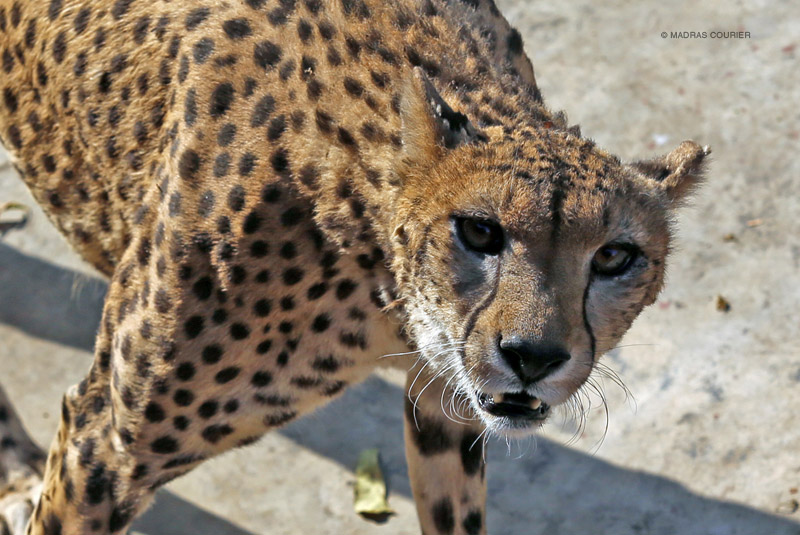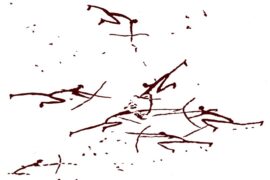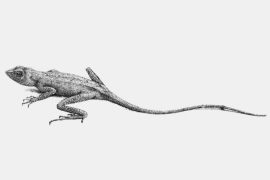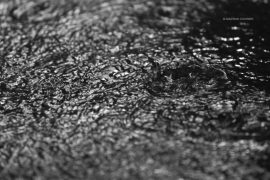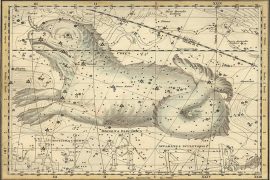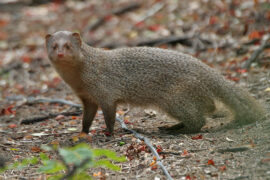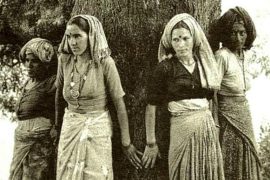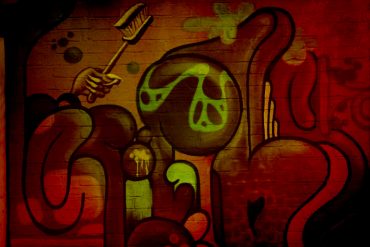Deep within a forest, a Rajput named Anup Singh Badgujar was hunting deer. He saw a flash of movement in the bushes and fired – only to realize he had shot one of emperor Akbar’s hunting cheetahs, identified by the gold brace on its neck. He feared for his life and tried to bury the creature, but was discovered – and dragged to the emperor in chains.
Akbar, instead of killing him, praised him for his marksmanship, and employed him in his service. Anup had shot and killed the fastest mammal in the world – and only one out of a total of Akbar’s cheetahs said to be in the thousands.
Cheetahs were tamed by the Mughals, who used them in their hunts. One would imagine that their patronage could have helped the species thrive – but cheetahs don’t breed well in captivity, as Akbar’s son noted. They need space in order to thrive, find privacy and stretch their legs. Over the years, their numbers dwindled.
In 1947, just after India’s independence, Maharajah Ramanuj Pratap Singh Deo shot and killed the last three wild cheetahs in the country. He is also reputed to have killed over a thousand tigers in his lifetime. His secretary snapped a pic, and sent it to the Bombay Natural History Society’s Journal, intending them to record his act. They responded, nauseated by it, stating that “its publication here is intended in the nature of an impeachment.”
With his act, cheetahs had become extinct in India.
Copyright©Madras Courier, All Rights Reserved. You may share using our article tools. Please don't cut articles from madrascourier.com and redistribute by email, post to the web, mobile phone or social media.Please send in your feed back and comments to editor@madrascourier.com

